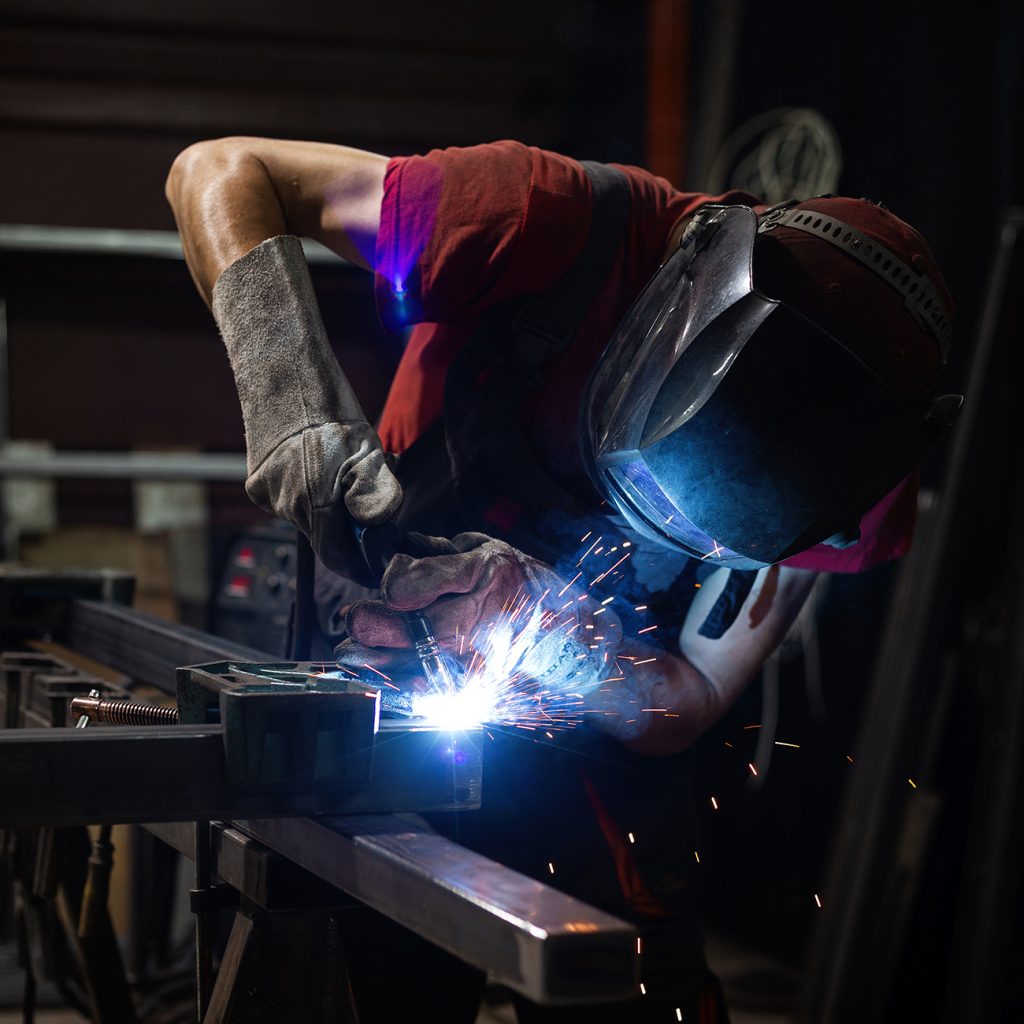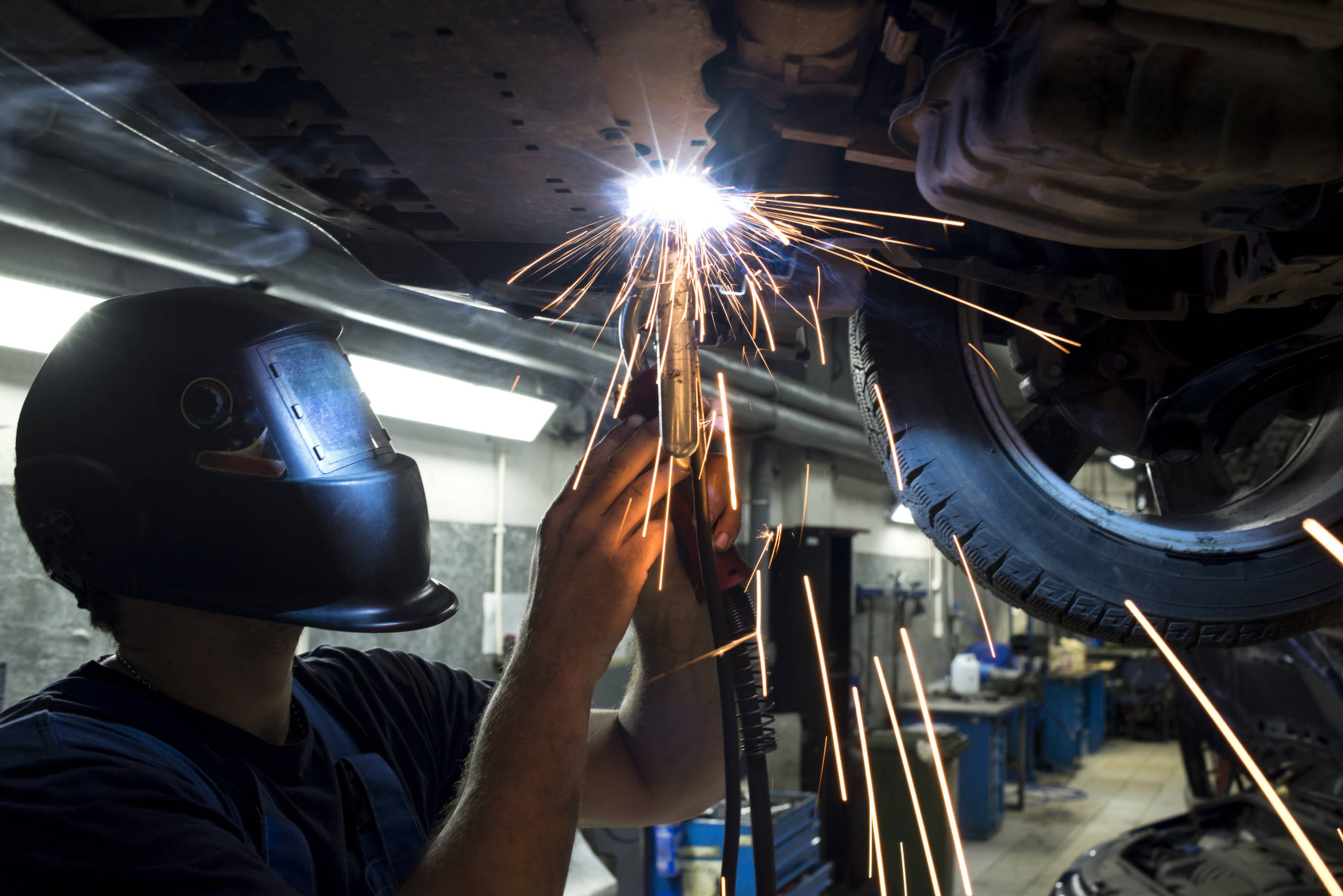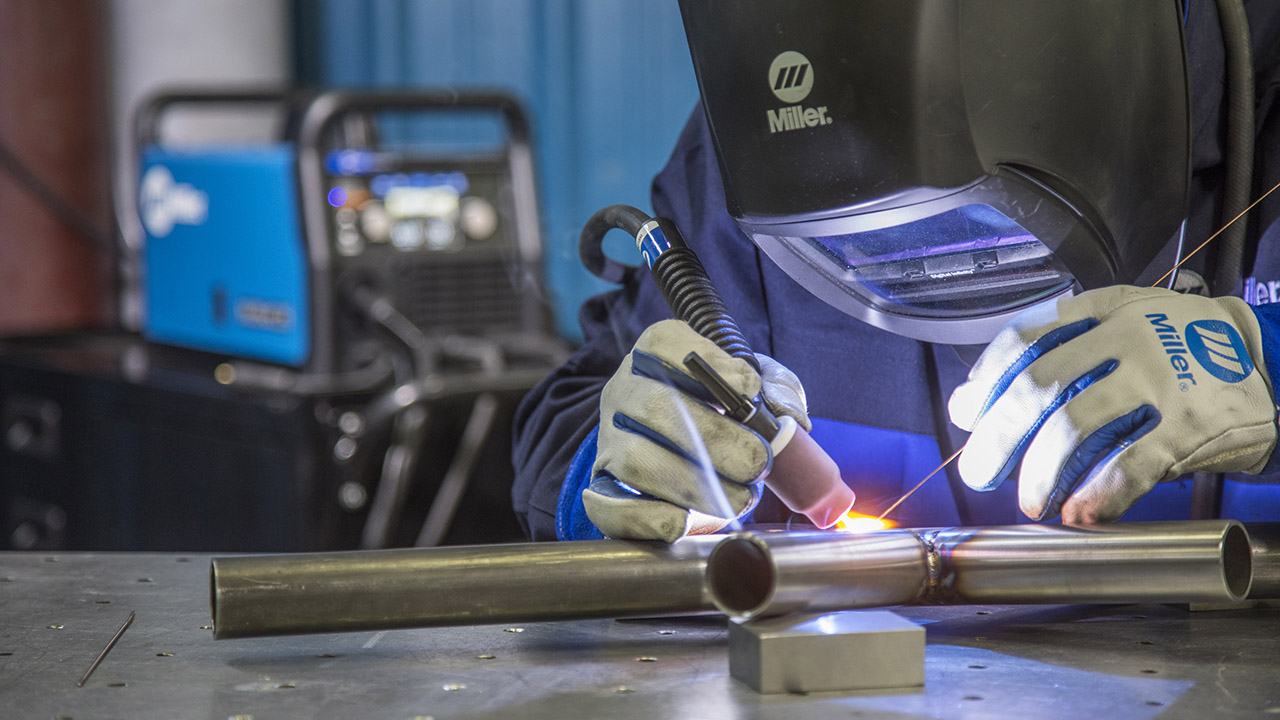Common Welding Repair Service Issues and Exactly How to Address Them Effectively
Welding repairs typically come across a series of concerns that can jeopardize the stability of the final product. Typical problems include inadequate penetration, porosity, and misalignment, to name a few. Each defect offers special challenges that call for particular methods for resolution. Recognizing these issues is essential for welders aiming to enhance their results and abilities. This discussion will explore these usual welding repair work issues and efficient techniques to address them.
Poor Penetration
Inadequate infiltration takes place when the weld steel falls short to fully fuse with the base material, resulting in weak joints and possible architectural failures. This problem frequently stems from inadequate heat input, inaccurate electrode angle, or inappropriate welding rate. Welders might come across poor infiltration because of a miscalculation of the necessary parameters for a specific product thickness or type. Furthermore, contamination on the base material's surface can impede reliable bonding, exacerbating the problem. To deal with insufficient infiltration, welders need to ensure suitable setups on their equipment and maintain a clean work surface area. Routine inspection of welds is suggested to recognize any type of shortages early, permitting for prompt corrections and the avoidance of compromised structural stability in welded assemblies.
Porosity
Porosity is an usual defect in bonded joints that materializes as tiny gas bubbles trapped within the weld metal. This defect can endanger the honesty of the weld, causing minimized stamina and potential failure under stress. Belgrade. Porosity commonly emerges from contamination, wetness, or incorrect welding strategies, which enable gases to get away into the molten weld swimming pool. To attend to porosity, welders need to assure proper surface prep work, preserve a tidy workplace, and use appropriate welding specifications. In addition, choosing the right filler product and securing gas can alleviate gas entrapment. Normal examination and screening of welds can assist determine porosity early, ensuring prompt restorative activities are taken, therefore protecting the quality and integrity of the bonded structure
Misalignment
Misalignment in welding can develop from different elements, consisting of inappropriate arrangement and thermal growth. Understanding the origin is important for reliable resolution. Numerous modification techniques are available to straighten parts and guarantee architectural stability.
Reasons of Misalignment
Welding imbalance often stems from a variety of underlying problems that can endanger architectural honesty. One main cause is improper fit-up of elements before welding, which can cause voids and irregular surfaces. Variations in thermal expansion throughout the welding procedure can likewise result in distortion, especially if the materials being joined have various coefficients of development. In addition, poor securing and fixturing might stop working to hold parts firmly in area, causing motion throughout welding. Poorly kept devices, consisting of welding equipments and devices, might introduce variances in the weld bead, additional adding to misalignment. Operator error, stemming from insufficient training or experience, can also play a considerable duty in producing misaligned welds.

Correction Strategies Readily Available
Resolving imbalance properly needs a combination of corrective strategies customized to the particular problems available. One usual method is the use of jigs or fixtures to hold elements in the proper position throughout welding, making certain consistent alignment. Furthermore, preheating the materials can assist minimize distortion and boost fit-up. For considerable misalignment, mechanical realignment techniques, such as using hydraulic jacks or clamps, can be employed to deal with the placement before welding. Post-weld warm treatment may also be needed to eliminate stresses triggered by misalignment. Mindful evaluation and adjustment during the arrangement stage can prevent misalignment concerns from becoming substantial problems, promoting a smoother welding process and boosting total architectural honesty.
Distortion
Distortion is a typical difficulty in welding that can develop from different variables, including uneven heating & cooling. Recognizing the root causes of distortion is crucial for implementing reliable avoidance techniques. Addressing this problem not just boosts structural honesty yet likewise improves the total high quality of the weld.
Root causes of Distortion
When based on the extreme heat of welding, products usually go through adjustments that can cause distortion. This phenomenon mainly emerges from thermal growth and contraction throughout the welding process. As the weld area warms up, the material broadens; upon cooling, it contracts, which can create interior tensions. In addition, uneven heating across a workpiece can intensify these stresses, resulting in warping or flexing. The sort of product likewise plays a significant function; steels with varying thermal conductivity and coefficients of development might respond in different ways, leading to unpredictable distortions. Poor joint layout and insufficient fixturing can contribute to misalignment throughout welding, boosting the possibility of distortion. Understanding these reasons is essential for effective welding repair work and prevention methods.
Prevention Techniques
Effective prevention strategies for distortion during welding concentrate on controlling warmth input and ensuring appropriate joint layout. Maintaining a regular warmth input assists to lessen thermal growth and contraction, which can bring about distortion. Using strategies such as preheating the workpiece can likewise reduce the temperature level slope, advertising uniform home heating. Furthermore, picking suitable joint styles, such as T-joints or lap joints, can improve stability and minimize anxiety concentrations. Executing correct fixturing to protect the workpieces in place further aids in preserving positioning during the welding procedure. Lastly, staggered welding sequences can disperse warmth much more equally, protecting against local distortion. By using these strategies, welders can significantly reduce the probability of distortion and enhance the total quality of their welds.
Cracking
Fracturing is a common problem experienced in welding fixings, commonly resulting from various factors such as inappropriate cooling rates, product choice, or poor joint prep work. The occurrence of splits can considerably endanger the honesty of the weld, bring about possible failures during procedure. To address this concern, welders should first assess the origin, making sure that materials are compatible and properly chosen for the details application. In addition, managing the air conditioning rate during the welding procedure is essential; rapid cooling can induce tension and bring about cracking. Appropriate joint layout and prep work additionally add to reducing the threat. Implementing these approaches can boost weld high quality and toughness, inevitably decreasing the possibility of fracturing in finished weldments.

Incomplete Blend
A substantial problem in welding repair services is incomplete blend, which occurs when the weld steel does not effectively bond with the base material or previous weld passes - Belgrade Welding. This problem can cause weak points in the joint, possibly jeopardizing the stability of the bonded framework. Aspects adding to incomplete blend include not enough heat input, improper welding strategy, and contamination of the surface areas being signed up with. To address this problem effectively, welders need to guarantee appropriate pre-weld cleaning and surface area preparation, in sites addition to readjust their welding specifications to accomplish appropriate infiltration and blend. Normal evaluation during the welding process can likewise aid identify insufficient fusion early, permitting timely rehabilitative actions to enhance the overall quality of the weld
Overheating
While welding fixings can boost architectural integrity, overheating presents a substantial challenge that can bring about material deterioration. Extreme warm throughout welding can alter the mechanical properties of metals, causing minimized toughness, increased brittleness, and warping. This sensation is particularly crucial in high-stress applications where architectural dependability is vital. Recognizing getting too hot can include visual assessments for staining or distortion, in addition to keeping an eye on temperature level during the welding procedure. To reduce the risks connected with overheating, welders must employ appropriate methods, such as regulating heat Read Full Article input, changing travel rate, and using ideal filler products. In addition, implementing pre- and post-weld heat therapies can aid bring back material residential properties and enhance the general top quality of the repair work, making sure long-term efficiency and safety.
Often Asked Inquiries
What Are the Common Indications of a Welding Flaw?

Exactly How Can I Check My Welds for Top quality?
To check welds for high quality, one can use aesthetic assessments, ultrasonic screening, and radiographic techniques. Each strategy guarantees architectural stability, identifies defects, and verifies adherence to defined criteria, eventually enhancing the reliability of the bonded joints.
What Safety Safety Measures Should I Take While Welding?
When welding, one should prioritize security by putting on appropriate personal safety tools, ensuring correct air flow, protecting combustible materials away, keeping a clean workspace, and being aware of surroundings to avoid injuries and accidents.
Can I Fix a Weld Without Renovating the Entire Joint?
Repairing a weld without redoing the whole joint is possible, depending on the damages (Belgrade Fabrication). Techniques such as grinding, adding filler material, or making use of a welding procedure can properly resolve certain flaws while maintaining the surrounding framework
What Tools Are Important for Reliable Welding Services?
Crucial devices for efficient welding repair work include a welding device, cable brush, grinder, safety gear, clamps, and filler products. Each tool plays an essential role in guaranteeing top quality and safety during the repair service process. Porosity generally arises from contamination, moisture, or incorrect welding methods, which enable gases to leave into the liquified weld swimming pool. Inadequately maintained devices, consisting of welding makers and tools, may present disparities in the weld grain, more adding to imbalance. When subjected to the intense heat of welding, products typically undertake modifications that can lead to distortion. Fracturing is a common concern encountered in welding repair services, usually resulting from various variables such navigate to this site as inappropriate cooling rates, product option, or poor joint prep work. A significant problem in welding repair services is incomplete combination, which takes place when the weld steel does not appropriately bond with the base material or previous weld passes.